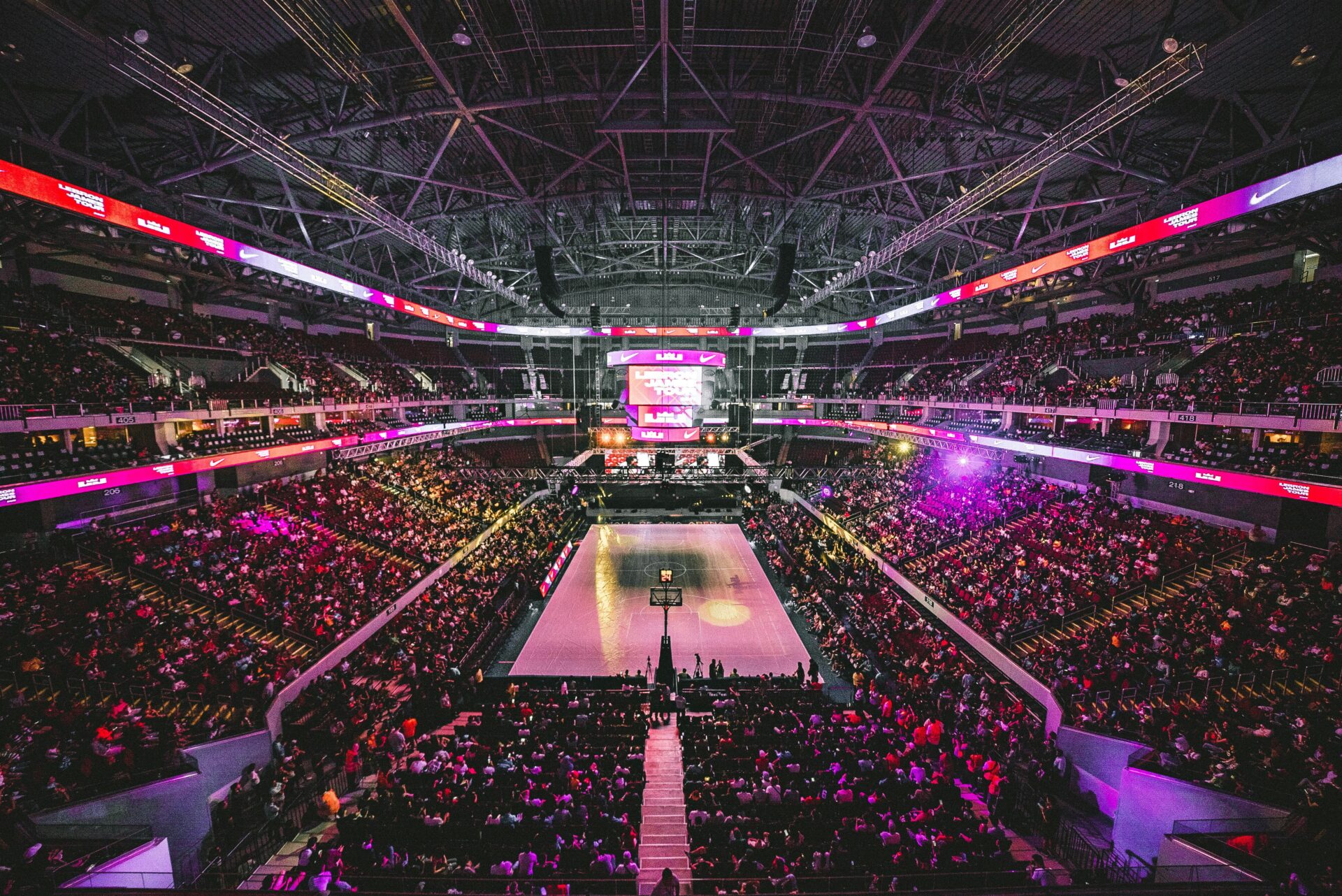Basketball is more than just a game; it’s a sport steeped in history and culture. From the squeak of sneakers on hardwood to the swish of a perfectly made shot, basketball courts are at the heart of the sport. While millions of fans around the world watch and play the game every day, not many pause to think about the fascinating stories and facts hidden beneath their feet. Today, we’re uncovering 10 compelling basketball court facts that might just make you appreciate the game on a whole new level.
1. The Origin of Basketball Court Dimensions
Ever wondered why a standard basketball court measures 94 feet by 50 feet? The answer lies in history. James Naismith, the creator of basketball, designed the first rules in 1891, but it wasn’t until 1924 that the court dimensions became standardized by the International Basketball Federation (FIBA). These dimensions were chosen to suit multi-purpose gymnasiums commonly used for basketball in the early 20th century.
2. The Evolution of the Three-Point Line
The three-point line wasn’t always part of the game. It first appeared in a professional league in 1961, introduced by the American Basketball League. However, it wasn’t widely adopted until the NBA integrated it in the 1979–80 season. Since then, the line has transformed the dynamics of the game, encouraging long-range shooting and changing offensive strategies. Interestingly, the distance of the three-point line varies between leagues, with the NBA’s arc set at 23 feet and 9 inches at its furthest point.
3. Unique Court Designs Around the World
Not all basketball courts adhere to the standard rectangular design. For instance, the Nike Basketball Court in Manila, Philippines, features stunning interactive LED flooring. On the other hand, the Pigalle Basketball Court in Paris sports vibrant, gradient colors, offering a truly artistic twist on traditional sports flooring. These unique designs showcase the fusion of basketball and local culture.
4. The Story Behind the Free-Throw Lane
The free-throw lane hasn’t always been 16 feet wide. Initially, it was just 6 feet across. However, thanks to dominant players like George Mikan in the 1950s, the lane was widened to prevent offensive players from camping under the basket. This area of the court, often referred to as “the paint,” remains a strategic focus in the game today.
5. Historical Changes in Court Markings
Basketball courts have evolved significantly since the game’s inception. Early courts lacked the intricate markings we see today, such as the three-point arc, key lanes, or even center circles. Over time, these markings were added to reflect rule changes, enhance gameplay, and improve player and referee accuracy. Modern courts now feature precise dimensions and high-visibility markings to ensure optimal game performance.
6. The Impact of Court Materials on Player Performance
The material of a basketball court dramatically affects both player safety and performance. Professional courts, like those used in the NBA, are constructed using kiln-dried maple wood. This specific hardwood is chosen for its durability, uniform friction, and shock absorption. High-quality basketball hardwood flooring reduces injury risk while ensuring consistent ball bounce, making it the gold standard in sports flooring.
Other surfaces, like outdoor courts, often use asphalt or concrete, which can lead to quicker wear and tear on shoes and more strain on players’ joints.
7. Weirdest Basketball Court Locations
Some basketball courts are positioned in truly unexpected areas. For example, there’s a court atop the U.S. Supreme Court building, famously nicknamed the "Highest Court in the Land." There’s also a floating basketball court on Lake Tonle Sap in Cambodia and an outdoor court on the helipad of the Burj Al Arab in Dubai, offering breathtaking views of the city.
8. The Influence of NBA Courts on Local Courts
The NBA sets the gold standard for basketball sports flooring and court designs, inspiring local gymnasiums and community courts worldwide. Many high school and college courts aspire to replicate the premium feel of NBA courts by using polished hardwood and professional-grade basketball court wood flooring. These influences trickle down, ensuring that players in various settings enjoy a consistent experience.
9. How Court Colors Affect Player Focus
Court aesthetics go beyond looks; they can influence player performance. Research shows that the color palette of a basketball court can impact focus and energy levels. Colors like blue and green are known to induce calmness, while red and orange can boost energy and aggression. This knowledge has led to strategic use of court colors, particularly in team branding and stadium design. Fidelity to cohesive visual branding is evident across major leagues, ensuring consistency between a team’s court and uniforms.
10. The Future of Basketball Court Technology
Technology is transforming how basketball courts are designed and utilized. Interactive LED basketball sports flooring, which can display real-time stats, graphics, and training drills, is being adopted in some practice facilities. Additionally, data-collecting sensors embedded in floors provide coaches with advanced analytics, such as player movement and impact zones. Soon, smart courts may become the norm, making the sport even more dynamic and engaging.
Why Your Court Matters
Understanding the history and evolution of basketball courts emphasizes their importance to the game. Whether it’s the materials used, the markings laid, or even the court colors, every detail matters when it comes to optimizing player experience and creating lasting memories for fans.
Have a favorite basketball court trivia to add? Leave a comment below—we’d love to hear it!












